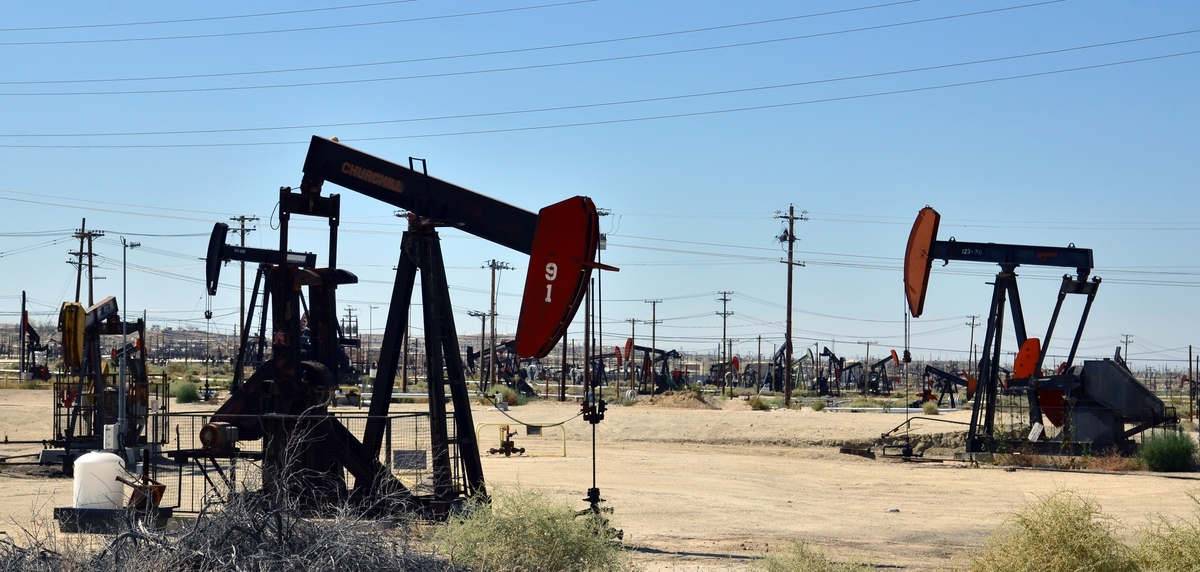David Robert Loy: A Visionary
In this enlightening interview, we sit down with David Robert Loy, a renowned professor of Buddhist and comparative philosophy and an acclaimed Zen teacher in the Sanbo-Zen tradition. David shares his profound insights on the intersection of Buddhism and modern ecological challenges, introducing the concept of Ecodharma.
Throughout the interview, David eloquently speaks on topics such as healing ecology, the parallels between Buddhist teachings and environmental challenges, and the significance of nonattachment in activism. His thoughts on how Buddhism and Ecodharma can contribute to a deeper understanding and resolution of environmental issues are both thought-provoking and inspiring.
Merging Spiritual Insight with Environmental Action
David’s journey from anti-war activism to a deep engagement with Buddhist philosophy and his contributions to various organizations, including as a co-founder of the Rocky Mountain Ecodharma Retreat Center (RMERC), highlight the breadth of his experience and expertise.
His profound teachings, encapsulated in works like “Ecodharma: Buddhist Teachings for the Ecological Crisis,” have resonated in major journals worldwide, underlining the urgency of integrating spirituality with environmental activism.
Ecodharma is a compelling response to the ecological challenges we face, extending the profound teachings of Buddhism to deepen our connection with the Earth. David underscores the importance of Buddhist principles in understanding and resolving environmental issues, an understanding vital for grappling with climate change and fostering sustainable living.
When asked if there were figures within or outside of Buddhism that have particularly inspired his approach to Ecodharma, David referenced being influenced by Joanna Macy of Berkeley, California, the grandmother of the whole Ecodharma movement, and called attention to her writings.
The Power of Nonduality and Nonattachment in Environmental Activism
Central to his teachings is the Buddhist principle of nonduality. This concept challenges the traditional view of separation between individuals and the natural world, highlighting this separation as a fundamental cause of environmental degradation. David argues that acknowledging our integral connection with the Earth is key to effective ecological solutions.
Additionally, David highlights the Buddhist teaching of nonattachment to outcomes. This principle is crucial for environmental activists and practitioners, helping them stay resilient and motivated, even amidst slow or uncertain progress in ecological conservation.
A Future Vision: Spiritual Traditions Reorienting to Protect Nature
Looking to the future, David envisions a shift in spiritual traditions, including Buddhism, to prioritize and safeguard our natural environment. This transformative vision calls for transcending our limited perceptions and embracing a more profound interconnectedness with nature.
This conversation is not only a must-watch for those interested in Buddhism and environmental activism but also for anyone seeking a deeper understanding of our connection with the world around us. David Robert Loy’s insights offer a powerful and timely contribution to the conversation on spirituality and environmental activism. His perspective opens up new avenues for integrating Buddhist practices into modern environmental discourse and action, making a significant impact on how we approach ecological challenges.



